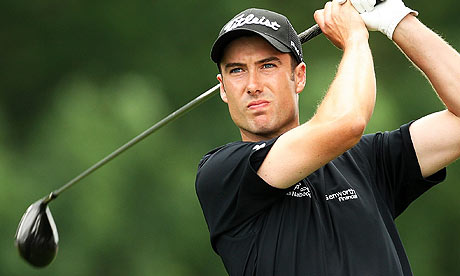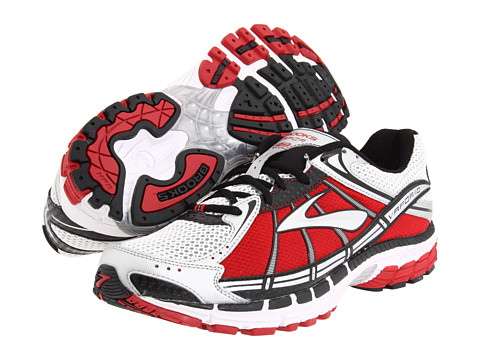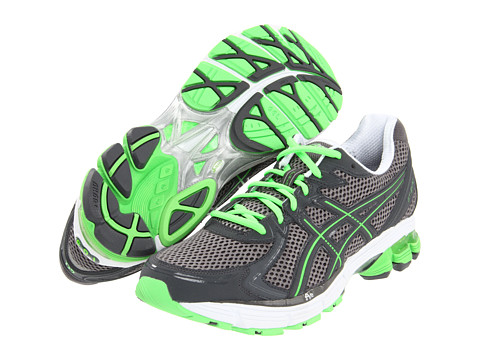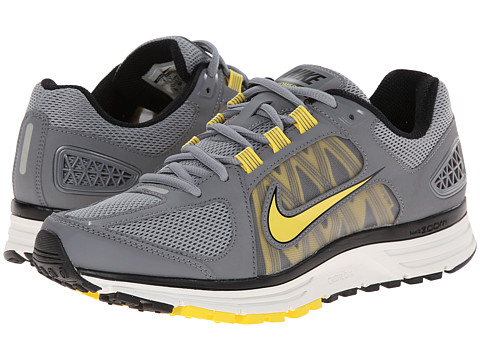Like so many people across the nation, ultramarathoner Ryan Carter ditched traditional running sneakers for those that mimic running barefoot. When he first tried it two years ago, he ran 1/3 mile on grass. Within three weeks he had built up and was running six miles on road.
While out on a run in a picturesque bike path through downtown Minneapolis, Carter could suddenly run no farther. His foot was throbbing in pain. "It was as though someone had taken a hammer and hit me with it," he recalled. After convincing his friend to run on without him, Carter hobbled home to rest his foot. Several days later, when the pain was still intense, he went to a doctor who diagnosed him with a stress fracture.
With more experienced and casual runners experimenting with this new craze, podiatrists across the country are seeing many barefoot injuries, including
Achilles tendonitis and metatarsal stress fractures, mainly in people who worked too hard too fast. In serious cases these athletes are laid up for several months.
This barefoot running fad caught the attention of the running community in 2009 with the publication of
Christopher McDougall's best-seller Born to Run. McDougall's book focuses on an Indian tribe in Mexican whose members run long distances, mostly pain-free, with just sandals.
Although this is a growing trend, barefoot runners are among the minority. Devotees swear they are less prone to injuries after switching from traditional running shoes, but there is no medical evidence that this is true. Podiatrists are seeing injuries arising from the transfer to barefoot, which uses different muscles. Shod runners have a longer stride and strike with their heels, as compared to barefoot runners who have a shorter stride and land on their midfoot or forefoot. The injuries occur when people transition too fast and exert too much pressure on their calf and foot muscles, don't shorten their stride, and land on their heel without any padding.
Podiatrist Paul Langer used to see one to two barefoot running injuries a month at his practice, Twin Cities Orthopedics in Minneapolis, but it's now up to three or four injuries a week. The problem he's found is "Most just jumped in a little too enthusiastically," said Langer, an experienced runner and triathlete who trains in his barefoot shoes part of the week.
Bob Baravarian, chief of podiatry at
UCLA Medical Center in Santa Monica, CA, said he's seen a "fair number" of heel injuries and stress fractures among first-timers who are not used to running in a different manner. "All of a sudden, the strain going through your foot is multiplied manifold" and problems occur when people don't ease into it.
Running injuries in general are very common: between 30 to 70 percent of runners will suffer from repeated stress injuries every year. Barefoot running to some was an antidote that seemed more natural, while some have demonized running sneakers.
Our ancestors walked and ran for millions of years without any shoes or supportive devices on their feet, but researchers know little about the science of barefoot running. The modern running shoe was not developed until the 1970's with its padded heel and stiff sole, and in parts of Africa and other countries, running barefoot is a part of the culture.
This surging interest in barefoot running has the medical industry asking questions. Does barefoot running result in fewer injuries? What kinds of runners will benefit most from switching over? What types of injuries do transitioning runners suffer and how do we prevent them?
Some runners have completely tossed their running shoes while some wear the somewhat oxymoronic "barefoot running shoes", which act like a glove for the feet to protect them from glass and other debris on the ground. Superlight minimalist shoes are a cross between barefoot shoes and traditional sneakers: there's almost no arch support and they have a lower profile.
Greg Farris decided to try barefoot running to ease the pain on the outside of his knee, more commonly known as runner's knee. He started completely barefoot but switched to barefoot running shoes after three months and after he developed calluses. Halfway through a 5K in January Farris felt his right foot go numb. Like many athletes, he pushed through to the end of the race. When the pain did not go away he saw a doctor and got a steroid shot. The pain still lingered, and after an X-ray of his foot, another doctor diagnosed him with a stress fracture. Farris was in a foot cast for three months and only recently began running again- in sneakers. "I don't think my body is made to do it", Farris said, referring to barefoot running.
The key is to break in slowly, starting with losing the laces on your sneakers and walking barefoot. Run no more than a 1/4 mile to mile every other day in the first week. Gradually increase the distance, but stop if bones or joints start to hurt. Know that making the transition from sneakers to barefoot will take several months.
Dr. Jeffrey Ross, an associate clinical professor of medicine at
Baylor College of Medicine and chief of the Diabetic Foot Clinic at
Ben Taub General Hospital in Houston says "Don't go helter skelter at the beginning." At the beginning of the craze, Ross saw a steady stream of between 3 to 6 barefoot runners a week, all with various aches and pains. It's decreased to about 1 a month now. Ross isn't sure why it's tapered off. It could be that fewer people are trying it or those who are trying it are getting better at adapting to barefoot running.
Those who should absolutely stay away from barefoot running are diabetics, since they have diminished sensation in their feet and will not know when they have injured their foot or have something like glass embedded in it.
Harvard evolutionary biologist Daniel Lieberman runs a lab devoted to studying the effects of running form on injury rates. He believes that form matters more than footwear: as long as you have a good stride, posture, and land gently, you can avoid injuries. A 2010 study written by Lieberman and his colleagues found that striking the ground with the heel first sends a shock up the body while striking with the forefoot first provides a springy step.
"The long and short of it is that we know very little about how to help all runners- barefoot and shod- prevent getting injured. Barefoot running is no panacea. Shoes aren't either," said Lieberman, who runs barefoot, except during New England winters.
Carter blames himself for his injury. Before he switched to barefoot running, he never had a problem. In April he ran his fourth 100 mile race, with shoes. The barefoot running shoes are collecting dust in his closet.
If you are a barefoot runner and are experiencing pain, please call our Newington, Kensington, or Middletown office to make an
appointment.
Craig M. Kaufman, DPM
Connecticut Foot Care Centers
Sports Podiatrist in CT
Podiatrist in Newington, Kensington, and Middletown, CT
Visit our website, friend and like our page on Facebook, and follow our tweets on Twitter.
http://www.usatoday.com/news/health/story/2012-05-22/barefoot-running-injuries/55137118/1?bctid=1649401266001


















